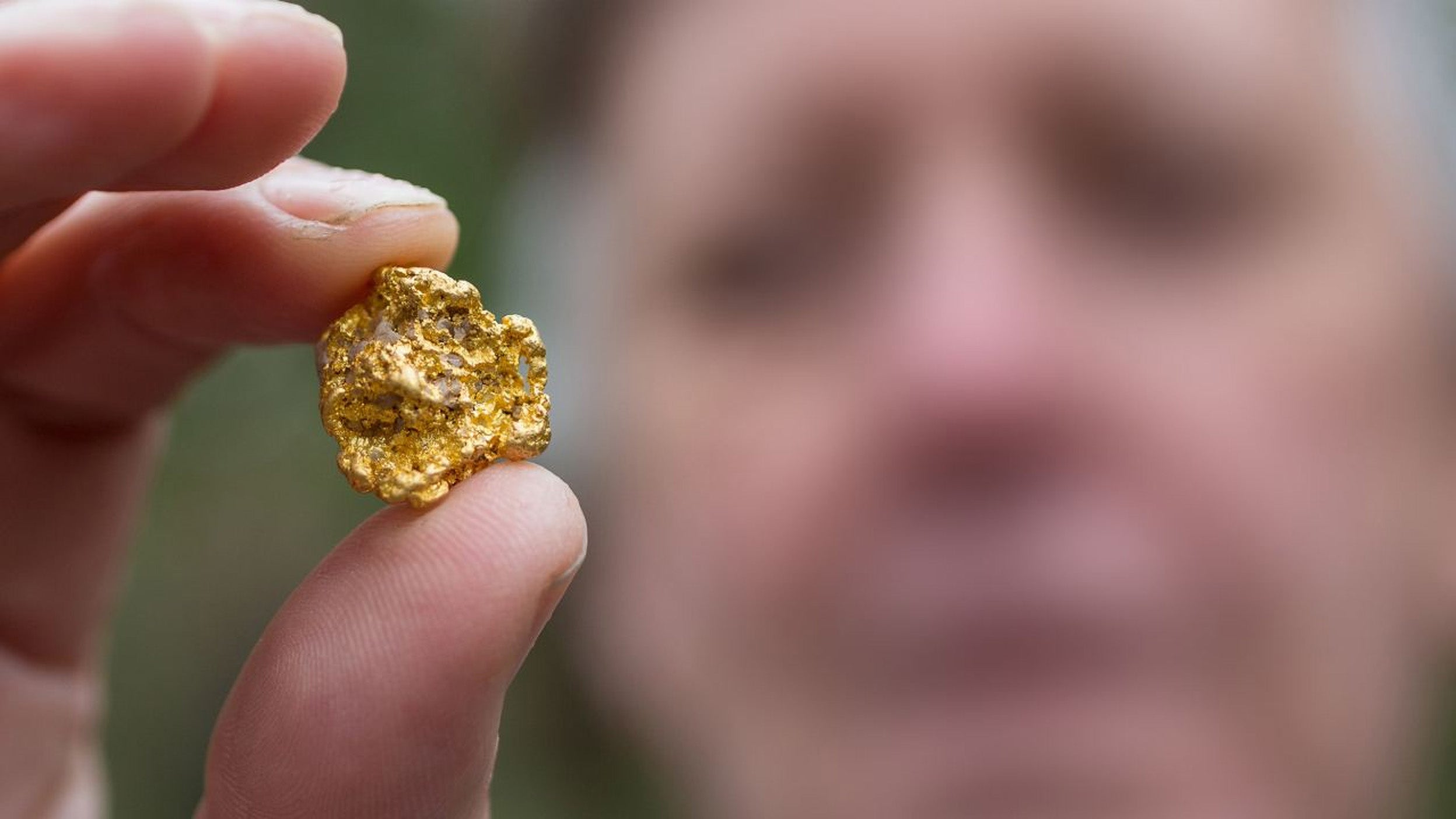Gold’s supply and demand in Q3 2021

In the first part of our Q3 Gold Report, we highlighted key macro factors that contributed to the -0.7% change in the gold price over the three months to the end of September 20211 and compared gold’s performance to other asset classes. In this second part of the Gold Report, we explore the various sources of supply and demand to further explain recent movements in the gold price.
Source: World Gold Council, showing gold demand per market segment in Q3 2021.
The 1,789.5 tonnes of gold demanded in the third quarter of 2021 was a drop of 1.5% compared to the previous quarter and 6.2% lower than in Q3 2020. The lower demand was driven primarily by net outflows from ETFs, which overshadowed rising demand from other sectors, particularly jewellery. This is a repeat pattern from Q1 with a lower gold price proving negative for ETF holdings and positive for fabricators.
Source: World Gold Council, as at 30 September 2021.
Demand for gold jewellery bounced back in Q3 albeit not to pre-pandemic levels. The 442.6 tonnes of jewellery sector demand in the latest quarter is still 5.6% behind Q3 2019. Looking at the main markets, India was 5.3% lower than in Q3 2019 and China was 1.9% lower on the same basis. Lockdowns were still causing disruption to other significant markets, including Thailand and Malaysia. In western markets, the US was a notable purchaser of gold jewellery with the country having its strongest quarter since Q3 2009.
Source: World Gold Council, as at 30 September 2021.
Central banks added 69.3 tonnes of gold to their reserves in Q3. In conjunction with revisions to earlier quarters, year-to-date purchases of 393.4 tonnes are comfortably ahead of the 255 tonnes purchased in the whole of 2020. For reference, as 2020 was an exceptional year, the average annual purchase in the 10 years prior to 2020 was 497.4 tonnes. On a country level, India was a notable buyer with its gold purchases of 41 tonnes putting the country in a position to have its largest increase in gold reserves since 2009.
Source: Bloomberg, as at 30 September 2021.
ETF holdings of gold fell 1.6 million Fine Troy ounces (according to Bloomberg estimates) during the quarter with the pattern of ETF flows mirroring that of the gold price.
Sources: Bloomberg and World Gold Council, as at 30 September 2021.
Gold ETFs domiciled in Europe were net purchasers for the overall quarter, with strong buying in July and August outweighing net sales in the final month. Asian ETFs had three consecutive months of inflows adding 4.2 tonnes in demand and having their best quarter since gold hit its high of $2,063.5 in Q3 2020.
However, inflows from these regions were dwarfed by the outflows from ETFs domiciled in North America, which suffered three consecutive months of net selling, albeit the overall reduction in North America ETFs was not as severe as we saw in the first quarter (-46.3 tonnes versus -145.6 tonnes).
Source: World Gold Council, as at 30 September 2021.
The mined supply of gold in Q3 was the highest on record as total supply rose to 1,239 tonnes, 8.4% higher than in Q2. Gold mines are still reconciling production with the loss of output in 2020, hence the record quarterly output of 960 tonnes. The normally price-sensitive recycled supply component saw an increase of 5.9% in the quarter in spite of the average gold price being lower in Q3 than in Q2 ($1,790 versus $1,814).
Price sensitivity was more apparent on an annual basis with the amount of recycled supply 21.9% lower than in Q3 2020, when the average gold price was significantly more attractive at $1,911 an ounce. This explains why total gold supply in Q3 2021 was 3.2% lower than a year ago.
The third component of gold supply – hedging – again detracted from the total as producers increasingly preferred to take the spot price.
Footnotes
-
1 Source: Bloomberg, LBMA Gold Price, in USD, for the period 30 June to 30 September 2021. Past performance is not a reliable indicator of future returns.
Investment risks
-
Investment strategies involve numerous risks. Investors should note that the price of your investment may go down as well as up. As a result, you may not get back the amount of capital you invest.
Important information
-
By accepting this material, you consent to communicate with us in English, unless you inform us otherwise.
This document is marketing material and is not intended as a recommendation to invest in any particular asset class, security or strategy. Regulatory requirements that require impartiality of investment/ investment strategy recommendations are therefore not applicable nor are any prohibitions to trade before publication. The information provided is for illustrative purposes only, it should not be relied upon as recommendations to buy or sell securities.
In Israel, this document may not be reproduced or used for any other purpose, nor be furnished to any other person other than those to whom copies have been sent. Nothing in this document should be considered investment advice or investment marketing as defined in the Regulation of Investment Advice, Investment Marketing and Portfolio Management Law, 1995 (“the Investment Advice Law”). Investors are encouraged to seek competent investment advice from a locally licensed investment advisor prior to making any investment. Neither Invesco Ltd nor its subsidiaries are licensed under the Investment Advice Law, nor does it carry the insurance as required of a licensee thereunder.
Where individuals or the business have expressed opinions, they are based on current market conditions, they may differ from those of other investment professionals and are subject to change without notice.


